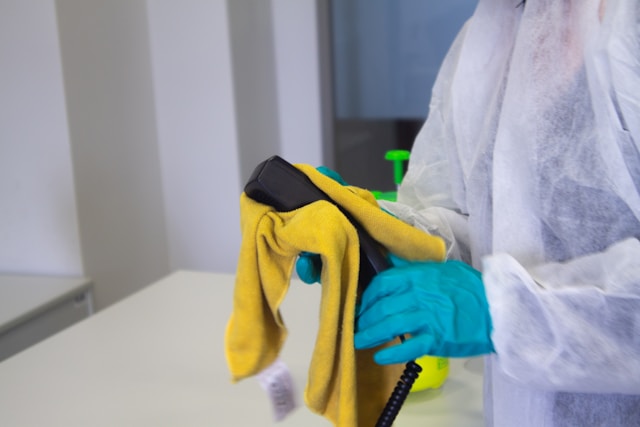Industrial Power Washing: Engineered Surface Preparation in Construction

In modern construction, power washing has evolved from basic cleaning to precision surface engineering. From concrete etching to façade restoration, industrial pressure washing combines hydrodynamics with advanced chemistry to meet stringent surface preparation standards.
The fundamentals of professional power washing rely on precise PSI/GPM ratios, nozzle selection, and surface compatibility analysis. These critical factors ensure optimal substrate profiles while preventing surface degradation or environmental contamination.
Hydrodynamic Surface Engineering
Modern power washing systems require understanding of impact force calculations (lbs/ft²) and dwell time optimization. Advanced applications include graffiti removal using 300°F steam, concrete hydro-demolition at 10,000 PSI+, and eco-friendly bioremediation washing for historical structures.
"Industrial cleaning isn't about maximum pressure - it's about delivering precise energy per square inch to achieve the exact surface profile required by coating specifications."— Dr. Emily Rhodes, Surface Preparation Engineer
Innovative Hydrocleaning Solutions
The industry now features water recycling systems recovering 95% runoff, variable-pressure AI-controlled nozzles, and cryogenic blasting hybrids. Recent advancements include laser-guided contamination mapping and ultrasonic surface profile verification during washing operations.
Essential Power Washing Components
- Triplex plunger pumps (3500+ PSI)
- Rotary surface cleaners (24"+ diameters)
- Chemical injection systems (5 GPM+)
- Downstream injector proportioners
Future trends include robotic crawler systems for vertical surfaces, real-time water quality monitoring sensors, and hydrogen-powered pressure washers with zero emissions. This blog explores how advanced hydrocleaning technologies are redefining surface preparation standards in structural rehabilitation and new construction.